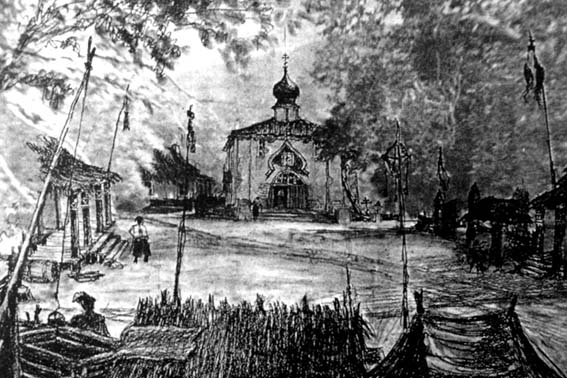Representando a Rusia en la ciudad de Los Ángeles
La iglesia de Santa María Virgen
DOI:
https://doi.org/10.17979/aarc.2011.2.2.5048Palabras clave:
Rusia, Los Angeles, Hollywood, identidad, iglesiaResumen
La inaudita historia de la iglesia de Santa María Virgen, en Silver Lake es, simultáneamente, una mordaz historia de los angelenos. Podría ser también una ilustración perfecta de la famosa crítica de Jean Baudrillard de la representación. La iglesia se diseñó originalmente como escenario de una adaptación libre de la novela de León Tolstoi Los Cosacos en el primer Hollywood, una elección dudosa para representar la cultura y el contexto arquitectónico de los cosacos de Terek, lugar donde se desarrollaba la acción de la novela homónima. Una vez reconstruida como estructura permanente, se convirtió en un simulacro sin original: el simulacro de un simulacro previo. Sin embargo, inmediatamente después de su construcción en 1928, la iglesia se convirtió en un lugar de culto muy querido por los emigrantes rusos en Hollywood, y en uno de los santuarios favoritos de la Iglesia ortodoxa rusa del extranjero en general. Este hecho plantea una serie de cuestiones difíciles de resolver, como la comparación entre autenticidad y simulacro, permanencia vs. temporalidad, u honestidad estructural frente a pastiche. Este artículo argumenta que los aspectos representativos de la arquitectura son especialmente valorados por sus usuarios en momentos de grandes cataclismos sociales que amenazan los mismos cimientos de su identidad.
Descargas
















